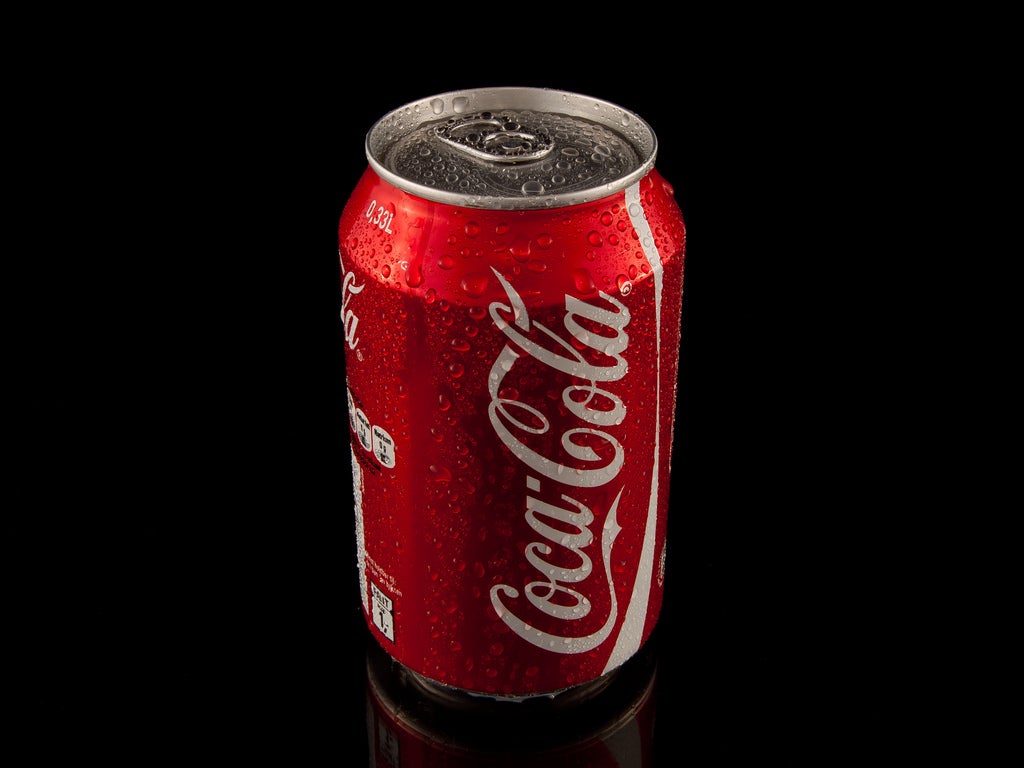Six Household Items That Could Save Your Life

'Coke can. (Photo by Robin_24/http://bit.ly/1qeFBIg)'
You’ve got a superhero in your cabinet. Yes, that’s right. While they may not be built for the outdoors, there are plenty of household items that could save your bacon in a rough situation. Some of these are last-ditch substitutes; others deserve a place in your pack, right next to the ten essentials. Learn to use all of them to boost your chances of surviving.
Chewing gum
You’re not in danger of starving on a weekend hike gone wrong, but hunger can be a major distraction in a survival situation. While it may not provide you with any calories, chewing on a stick of gum can help ward of pangs long enough for you to build a signal fire or a shelter. When you’re finished with your gum, you can use it to bait traps or fishing hooks. The metallic wrapper works as an emergency firestarter too: Combine it with the terminals of a smartphone or headlamp battery, and it will burst into flame. For best results, tear the wrapper to tiny shreds at the center of your tinder bundle and touch the terminals of the battery to the pile. (Just make sure you try this trick before your battery loses its charge.)
Bleach
Just two drops will purify a liter of water as well as iodine. You also get the added benefit of being able to sanitize your food prep area and tools (especially important if you’re working with raw meat). It’s also incredibly cost-efficient: A 64 ounce bottle of regular bleach (active ingredient: sodium hypochlorite) is about $3, whereas a tiny bottle of 50 water purification tablets costs double that or more. Just make sure you get plain old bleach, not the concentrated or scented stuff.
Soda
You’re not likely to find it in your backpack, but that can of soda in your cupholder has a myriad of uses. Drink it for a quick boost of energy, which will feel even more noticeable when you haven’t had food for a bit. By breaking one of the links, you can use the soda tab as a makeshift fishhook. The can itself can be used as a small cooking pot: When you get a fire going, you can use it to boil water and brew everything from pine needle tea to a nice squirrel stew.
Hand sanitizer
Useful for keeping clean in questionable situations, hand sanitizer also makes an excellent material for starting fires. Comprised primarily of alcohol, gel hand sanitizers light easily and hold a flame well; squirt a bit into a divot in a piece of wood, and you can even transport that flame a short distance.
Tampons
Tampons are made to be absorbent, and you can use that to your advantage. They make excellent dressings for wounds, sopping up blood while you deal with the root cause or evacuate the patient. If you spy water in a difficult-to-reach location, such as the hollow of a tree, lowering a tampon into the hollow will soak up a surprising amount of water, which can be squeezed out into your water bottle for later purification.
Bonus: Shredding the cotton of the tampon yields an impressive ball of fluff that will very easily take a spark or a flame.
Black Trash Bag
A heavy-duty trash bag can be as useful as duct tape on an outing. Use it to carry supplies and transport water, or open it up for a tarp. Make a poncho to keep you and your backpack dry in the rain (it’ll keep you almost as warm as a Mylar blanket).
Bonus: Use it to collect water. Dig a hole in a sunny spot, fill it with green leaves, and place a bottle, can, or other container in the middle. Stretch the trash bag over the hole, then place a stone in the middle, right over the container. When the sun heats up the bag, water vapor from the leaves will condense on the plastic, eventually trickling down into the container.